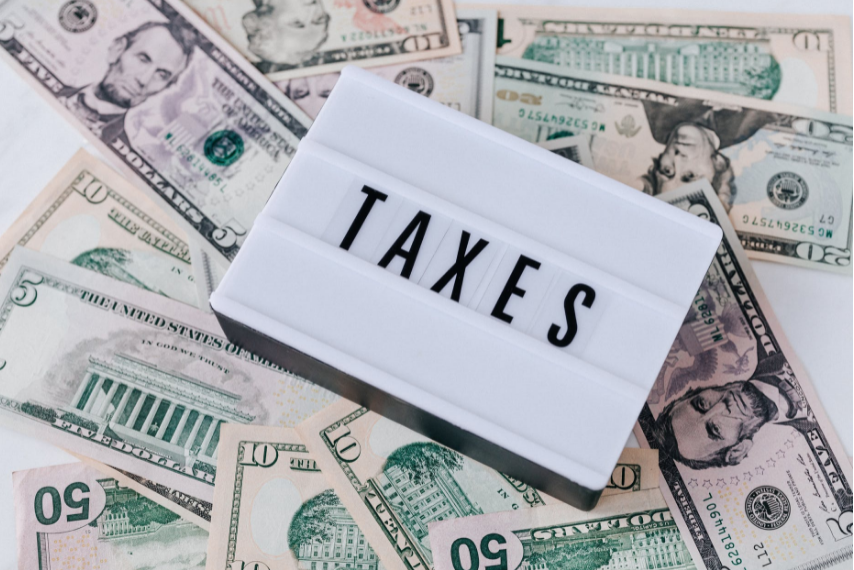Preparing for a surge in demand for your business’s products and services doesn’t mean you have to go out on a financial limb.
But some contingency planning may be in order. The Federal Reserve Bank of Richmond is a helpful source for data and analysis on where the national economy is heading. It provides a peek at how corporate CFOs see the near future.
Of course, your analysis won’t be complete without considering regional trends and variations specific to your business sector. Depending on your industry, local weather may weigh heavily into your plans, especially if the weather you’re experiencing is unreasonable. And then there’s the new universal elephant-in-the-room, COVID-19, and how it affects your employees’ readiness to return to their jobs and the attitudes of your former and future customers.
Key Indicators
The Richmond Federal Reserve is cautiously optimistic about the economic outlook. Here are several encouraging data points that form the basis of their optimism:
Rapid monthly growth in manufacturing. In March, the Institute for Supply Management Manufacturing Index rose 6.4% over March 2020, the fastest monthly growth for manufacturing since 1983.
Rising consumer confidence. The Richmond Fed singled out that rate in Michigan (a 10.5% increase over February) “indicating a larger increase in sentiment for lower-income households” — thanks in part to distribution of federal fiscal stimulus checks.
Increased hiring. Nationwide, nonfarm payrolls grew by 916,000 in March, across multiple industry sectors.
Slightly lower unemployment. The national unemployment rate in March, at 6%, fell modestly from 6.2% in February.
Return of lost jobs. Nearly two-thirds of the 22 million jobs lost during the COVID-19 pandemic have been regained, leaving another 8 million to go to reach pre-pandemic levels. “If March’s pace of payroll gains is sustained, payroll employment would recover close to pre-pandemic levels by the end of the year,” the Richmond Fed observes.
Another source of information examined by the Richmond Fed was the “Non-Employment Index.” A version of that statistic incorporates people who had been working on a part-time basis for financial reasons. In January, the number was 10.5%. By March, it had fallen to 9.8%. That’s still higher, however than the 9.2% rate in March of 2020.
CFOs’ Optimism
The Richmond Fed also uses the opinions of corporate CFOs in its overall analysis of the economy’s future. While CFOs may be no more prescient than economists, their optimism, or pessimism, plays an important role in companies’ decisions about hiring and investing.
CFOs became much more hopeful about the economy’s direction in the Fed’s first-quarter 2021 survey than its fourth-quarter 2020 poll. Specifically, the weighted average of their expectations for the economy’s growth over the next four quarters rose to 4.2% from 2.8%.
Additional predictions by those CFOs pertinent to the business and economic outlook include:
- The expected annualized growth rate for the stock market over the next decade is 8.4%.
- One-third plan to buy, build or renovate buildings or land over the next six months, and 63% plan to invest in capital equipment over that period.
- While the most common reason for those planned investments is to repair or replace outdated equipment, a large percentage — 43.6% — intend to increase their capacity. (That’s up from 40.5% three months ago.)
Local Matters Matter
After you’ve looked at the national data that affects your industry, add in what you’ve observed about economic and non-economic conditions specific to your market and customers. For example, how sensitive are your sales to the weather? If you’re in the swimwear business but unseasonably cold weather is causing beaches to be deserted, you’ll have to decide if it’s time to beef up your staff or “wait and see.”
Then there’s the ever-present question these days about COVID-19. Is your area rebounding from the pandemic? If the rate of vaccinations is strong and new cases are diminishing, you may see an easing of business restrictions from your governmental authorities, and an eagerness of the public to return to the marketplace.
Looking Back and Ahead
One way to look back but keep your eyes on the road is to use a rearview-mirror approach, assuming your business has declined somewhat since the pandemic hit. If you had to let some good employees go and now you’re hoping to bring them back, it might be a good time to find out if they’re interested in returning. And, if so, have their salary expectations changed? Knowing these answers could make it easier for you to ramp up your staff capacity when business picks up.
You can’t drive far while looking in the rearview mirror without a head-on collision. So consider whether your customers still want what you offer. Have their spending habits changed? Once you have a feel for the answers and are ready to roll, it might be a good idea to plan a marketing campaign. Let former and new customers know you’re ready and eager to serve them.
Final Thoughts
Assuming the national economic outlook stays strong, if the weather is spring-like and people seem confident that it’s safe to go out, you could be looking at an explosion of business. If that describes your situation, don’t wait until you’re flush with cash. You should at least be making plans on paper for how your company will respond to a return to normalcy, whatever that is. Failing to think ahead could leave you flatfooted if the economy rebounds.
Ariel Joudai, CPA
433 Broadway
New York, NY 10013
646-585-2175














